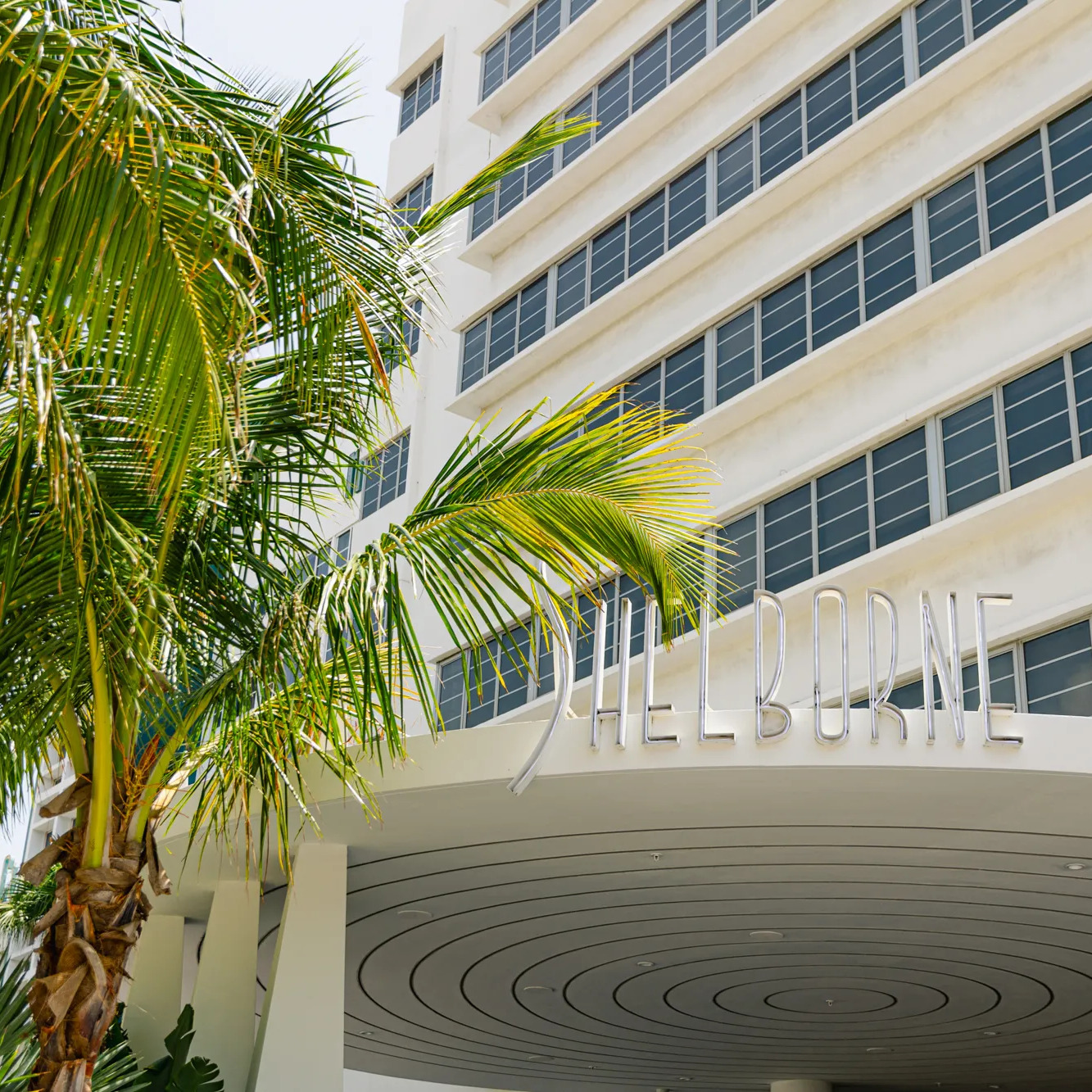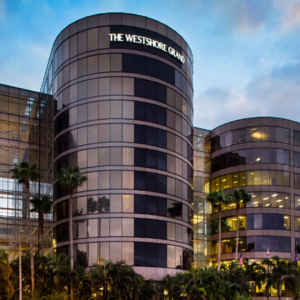
Updated Statistics For The EB-5 Visa

For individuals seeking a direct route to U.S. residency, the EB-5 visa continues to stand as a popular and valuable option. Over the years, this visa program has seen significant updates, particularly in terms of the investment threshold and the demand from investors around the globe. This blog post delves into the latest statistics and insights on the EB-5 visa, offering an up-to-date picture of how this program operates today and who stands to benefit.
What is the EB-5 Visa?
The EB-5 Immigrant Investor Program was created in 1990 by Congress to stimulate the U.S. economy through job creation and capital investment by foreign investors. It allows eligible investors and their families to obtain U.S. Green Cards by investing in a new commercial enterprise in the United States. In doing so, the enterprise must create or preserve at least 10 full-time jobs for U.S. workers.
EB-5 Visa Statistics Overview
The EB-5 program has historically been capped at 10,000 visas annually, including both investors and their immediate family members. However, as demand fluctuates and new regulations emerge, the distribution and application success rates tend to shift.
1. Increased Popularity in Recent Years
In the past decade, the EB-5 visa has become particularly popular among investors from countries such as China, India, and Vietnam, among others. In 2023, there was a significant uptick in applications, with a notable percentage coming from these nations. This increase has been driven by heightened awareness of the program’s benefits and the perceived security that U.S. residency offers in uncertain global markets.
2. Investment Thresholds
In 2019, significant changes were introduced regarding the minimum required investment amounts. Previously, the minimum investment was set at $500,000 for projects in Targeted Employment Areas (TEAs) and $1,000,000 for projects outside TEAs. As of 2023, the thresholds have been updated to $800,000 and $1,050,000 respectively. This adjustment was implemented to account for inflation and to ensure that EB-5 projects continue to have a meaningful economic impact.
According to recent data, the majority of EB-5 investors opt for projects in TEAs due to the lower investment threshold, which also tend to be in rural areas or regions with high unemployment rates.
3. Visa Backlogs and Country Caps
One of the ongoing challenges in the EB-5 program is the visa backlog, particularly for applicants from high-demand countries like China. As each country is allocated roughly 7% of the total annual visas, this creates bottlenecks for applicants from nations with large numbers of investors.
For example, as of 2024, Chinese investors are facing significant wait times, with an estimated backlog of several years. In contrast, applicants from countries with lower demand, such as those in Europe or Latin America, may experience much shorter waiting periods.
4. Job Creation Metrics
Another key component of the EB-5 program is job creation. For an investment to qualify under the program, it must create or preserve at least 10 full-time jobs for U.S. workers within two years of the investor’s admission to the U.S. under EB-5 status.
Statistics from the U.S. Citizenship and Immigration Services (USCIS) show that in 2023, EB-5 projects helped generate tens of thousands of jobs across the country. The program continues to play a crucial role in supporting economic development, particularly in rural and economically disadvantaged regions.
5. Processing Times
Processing times for EB-5 petitions have fluctuated greatly over the years. While the introduction of new reforms in 2022 aimed at streamlining the application process, some investors still face delays of 18 to 24 months before receiving their conditional Green Cards. Recent efforts by USCIS aim to reduce this wait time through increased staffing and better resource allocation.
The EB-5 Reform and Integrity Act of 2022
One of the most significant changes in recent history was the introduction of the EB-5 Reform and Integrity Act of 2022. This legislation introduced various measures aimed at improving transparency, accountability, and investor protections in the program. Among its key provisions are:
- Regional Center Program Reauthorization: The regional center program, which allows for pooled investments in larger-scale projects, was reauthorized under this act. Regional centers remain a popular option for investors seeking a more hands-off approach, as these projects are often pre-approved by USCIS and are responsible for fulfilling the job creation requirement.
- Increased Oversight and Compliance Requirements: The Act requires more rigorous compliance checks on both investors and project developers, ensuring greater security and reducing the risk of fraud.
- Priority Processing for Rural Projects: To incentivize investment in rural areas, the act introduced priority processing for projects in these regions, which could help reduce the backlog for investors opting for rural TEA projects.
Future Outlook for EB-5
The future of the EB-5 visa looks promising as it continues to adapt to changing economic landscapes. The demand remains strong, especially from countries with burgeoning middle classes seeking stable and secure investment opportunities. However, visa backlogs and the increased investment thresholds will continue to play a significant role in shaping the profile of future EB-5 investors.
As the U.S. seeks to attract more foreign investment to spur domestic growth, particularly in underdeveloped areas, the EB-5 program is likely to remain an attractive option for global investors. However, potential applicants must carefully consider the evolving regulations, investment requirements, and country-specific backlogs before proceeding with their applications.
The EB-5 visa program has proven to be a vital channel for attracting foreign investment into the United States, with thousands of investors benefiting from its opportunities. As updated statistics show, the program remains in high demand, and while challenges such as visa backlogs and increased investment thresholds persist, the long-term rewards for investors, including U.S. residency and the potential for economic gain, continue to make it an appealing option for those willing to meet its requirements.
For those interested in learning more about the EB-5 visa, including how the latest reforms might affect their investment strategy, contact The LCP Group today by using the form below:










